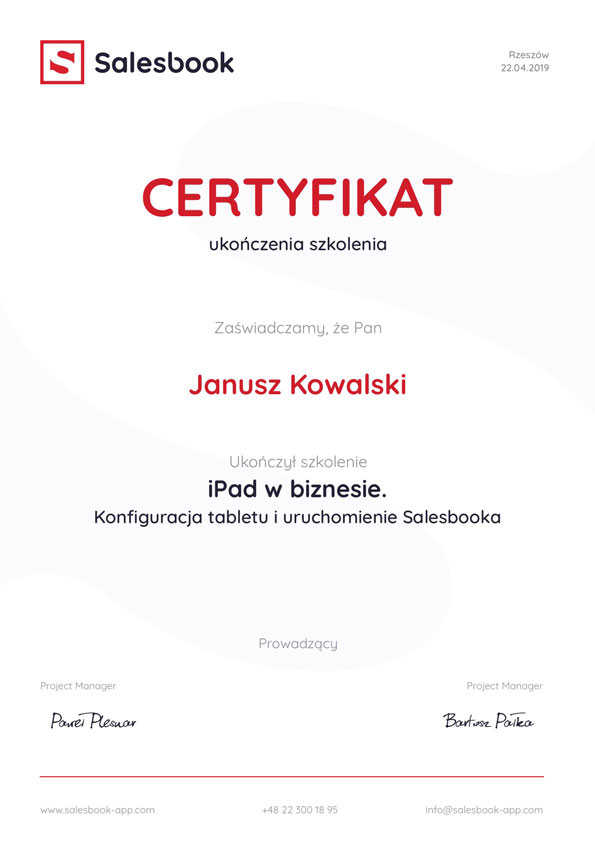

Sales
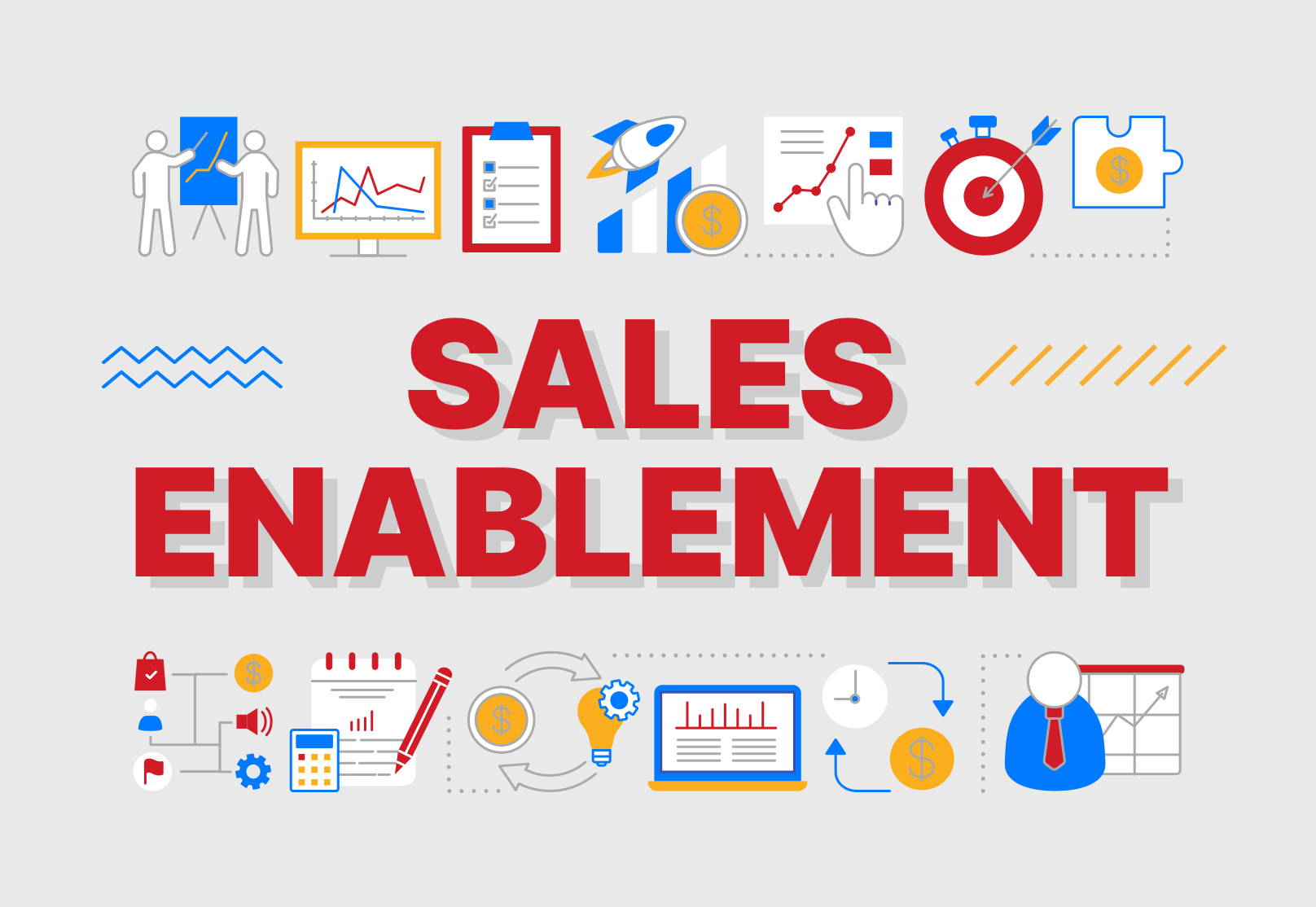
12 Jun 2023
Sales Enablement has become a critical component of modern sales strategies as businesses grapple with an increasingly competitive and rapidly evolving landscape. At its core, sales enablement is the strategic process of providing sales team with the tools, resources, and training they need to sell more effectively and efficiently. This comprehensive article will delve into the various aspects of Sales Enablement, including its benefits, strategies, technologies, and real-world applications in different industries and at different stages of the sales funnel.
Sales Enablement is more than just a buzzword – it is a powerful strategy that drives revenue growth and helps businesses stay ahead of the competition.
It is the process of providing sales organizations with the training, content, and tools that help salespeople sell more effectively. It involves collaboration between sales, marketing, and operations teams to build a holistic sales enablement framework that enables go-to-market strategies.
According to the Sales Enablement Society (SES), companies that implement effective sales enablement programs can experience revenue growth rates up to 19% faster than those that do not.
Highspot reported that organizations with a strong Sales Enablement strategy in place are over 40% more likely to convert leads and shorten the sales cycle.

As the business landscape evolves, the modern B2B buyer’s preferences and behaviors have also transformed. Key aspects to consider when catering to today’s B2B customers include:
A significant trend that has emerged in response to these changes is the focus on Sales Enablement.
Sales Enablement and sales and marketing alignment, although related, serve distinct purposes. Alignment refers to the structural organization of various teams, ensuring they work together towards shared objectives using agreed-upon collaboration methods. On the other hand, Sales Enablement encompasses tools and content that empower sales teams to sell more effectively and intelligently.
Recent economic challenges, such as the situation in Ukraine and the cost-of-living crisis, have contributed to a decline in confidence, leading to slower decision-making processes. As a result, sales teams require increased support from marketing departments, particularly at the bottom of the sales funnel.
So, what makes for exceptional Sales Enablement?
Even as economic growth resumes, Sales Enablement is unlikely to lose its significance. Forward-thinking B2B companies recognize the potential in utilizing the current crisis to re-envision the relationship between sales and marketing, giving rise to the concept of Revenue Operations (Rev Ops).

Effective SE programs encompass a variety of strategies and technologies designed to empower sales team.
Providing sales teams with relevant, up-to-date, and easily accessible content, such as whitepapers, case studies, and product datasheets, enables them to better engage with prospects and tailor their messaging based on customer needs.
Regular training and coaching sessions are essential to ensure that sales reps are equipped with the latest product knowledge, industry trends, and sales techniques.
Utilizing data and analytics to track sales performance, identify areas of improvement, and optimize sales processes can help sales teams make better decisions and close deals more efficiently.
Automating repetitive tasks, such as e-mail follow-ups and lead nurturing, can help sales and marketing teams save time and focus on high-value activities.
A strong onboarding program is essential for getting new sales reps up to speed quickly and ensuring they have the knowledge and skills necessary to succeed in their roles. Continuous learning is equally important, as it enables sales team to adapt to changing market conditions and maintain their competitive edge.
Sales Enablement platform that incorporates learning management systems can help organizations deliver targeted training and track progress, ensuring that sales reps are always equipped with the latest knowledge and techniques.
Social selling is the use of social media platforms like LinkedIn, Twitter, and Facebook to research, engage, and nurture prospects throughout the sales process.
By incorporating social selling strategies into their sales enablement programs, businesses can help their sales team build stronger relationships with prospects, increase brand visibility, and uncover new opportunities.
A technologies that integrate with social media platforms can facilitate social selling by providing sales reps with easy access to relevant content and insights.
Sales playbooks are comprehensive guides that outline best practices, strategies, and tactics for various sales scenarios, such as prospecting, negotiating, and closing deals.
By developing and maintaining sales playbooks, organizations can ensure that their sales team follow a consistent and effective approach throughout the sales process.
Sales Enablement platform that incorporates playbook functionality can help sales reps quickly access the right information at the right time, improving their ability to engage with prospects and close deals.
Effective collaboration and communication between sales, marketing, and other departments are essential for aligning goals and maximizing results.
Sales Enablement platform that integrates with popular collaboration and communication tools, such as Slack, Microsoft Teams, and Google Workspace, can help break down silos and facilitate seamless information sharing across the organization.
Artificial intelligence (AI) and machine learning technologies are becoming increasingly important in the world of sales enablement, as they can help businesses identify patterns, predict outcomes, and optimize their sales processes.
AI-driven sales enablement platforms can provide sales reps with intelligent recommendations on the best content to use, the optimal time to reach out to prospects, and the most effective sales strategies to employ, ultimately improving sales efficiency and effectiveness.

Sales Enablement strategy and technologies can be adapted to different industries and stages of the sales funnel. Here are some examples:
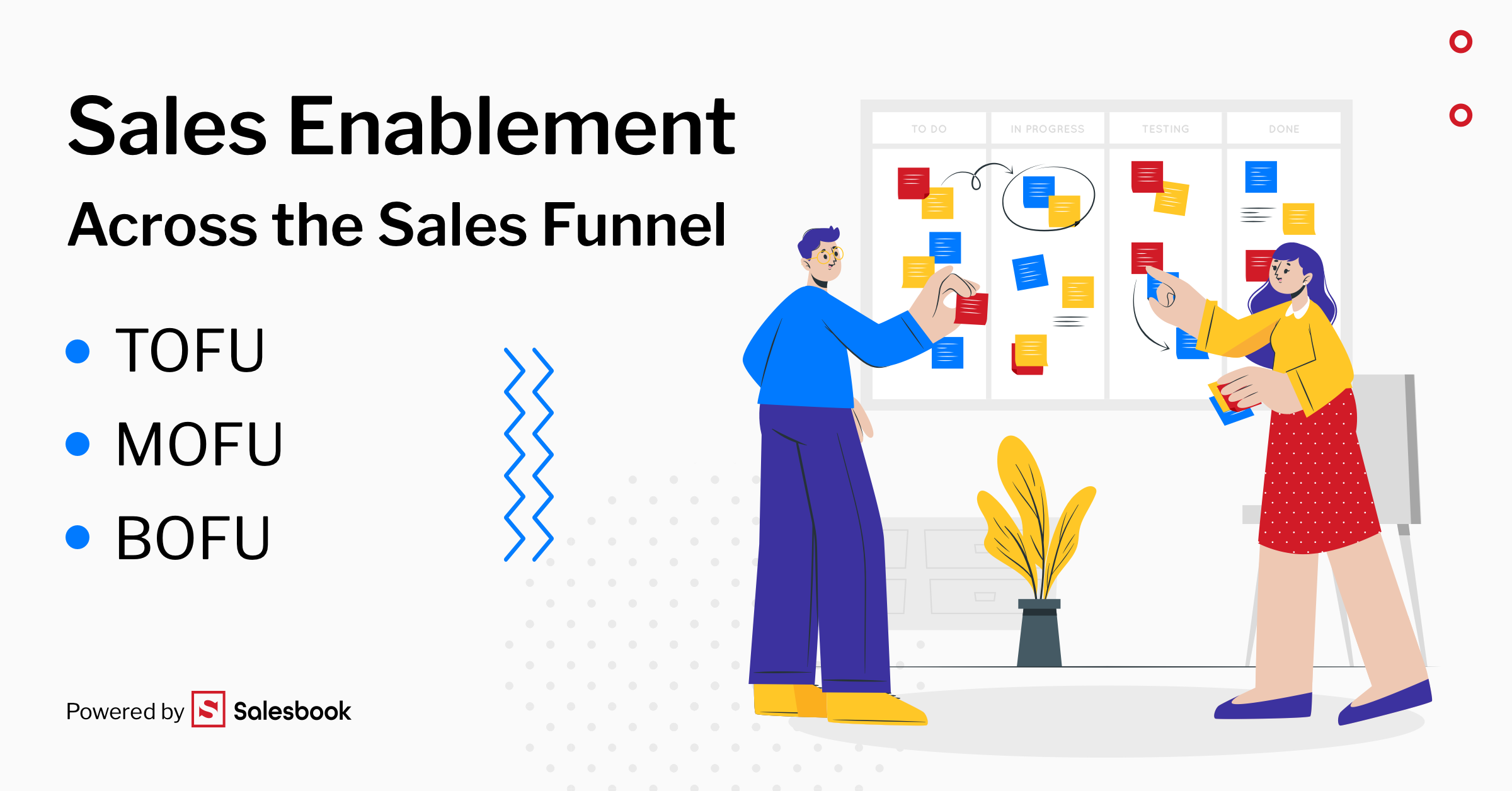
Sales Enablement software helps sales teams close deals faster by providing them with the necessary tools and resources to find and connect with potential customers more efficiently and to better understand and serve their current ones.
It maximizes their potential and equips them with sales readiness, including tools for better prospecting, lead engagement tools, content libraries, templates, and contact management.
Platform that owns SE platforms also provide sales and marketing teams with the necessary information, content, and tools that help salespeople sell more effectively, ultimately leading to increased revenue.
By integrating sales enablement data with existing CRM and DAM systems, sales people can operate more efficiently on a technical level, leading to faster deals.
Overall, this kind of software is a valuable tool for increasing productivity, improving sales processes, and closing deals faster.
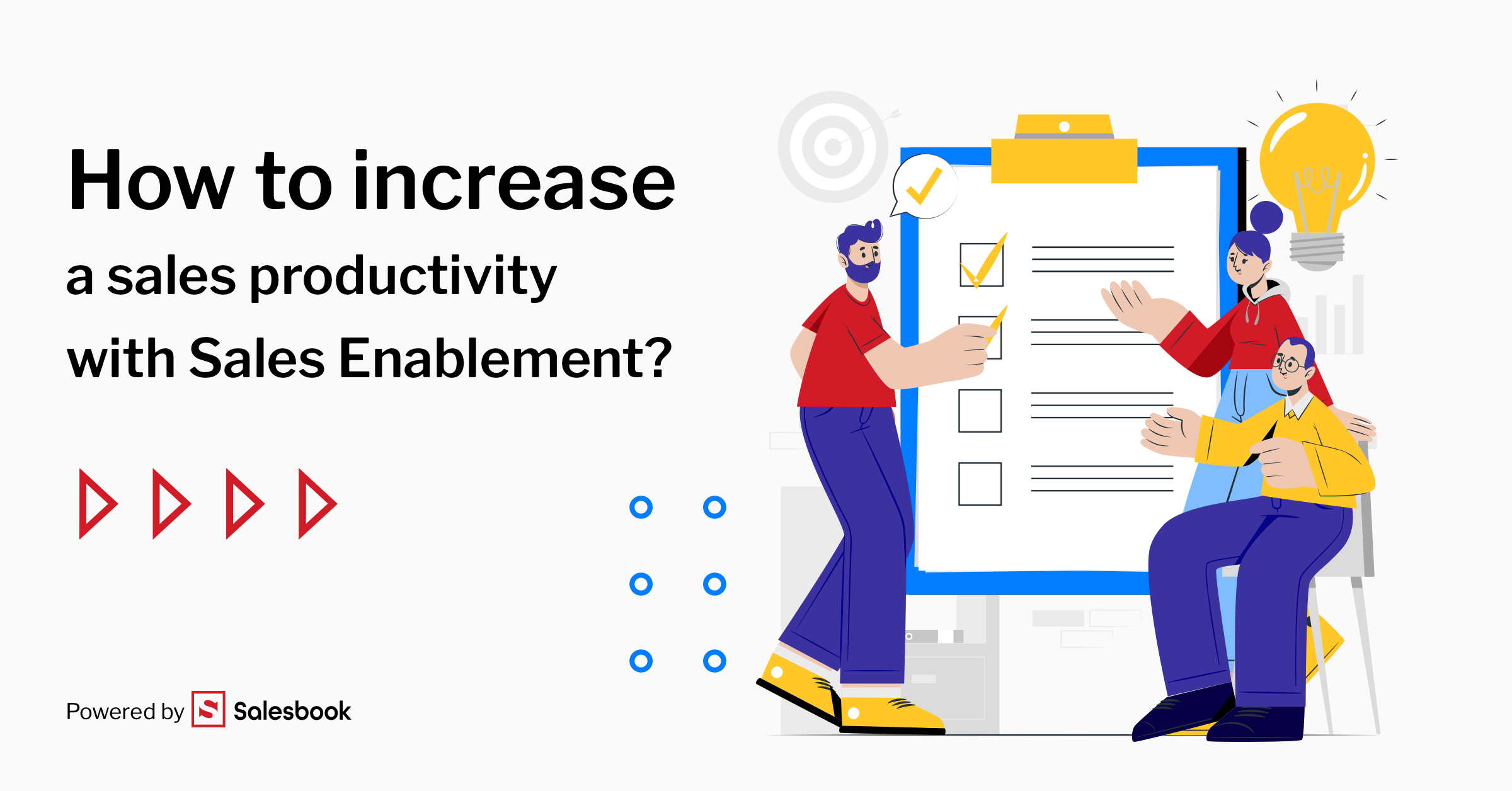
The use of AI in Sales Enablement has become increasingly popular in recent years. AI-powered strategy can facilitate the next wave of sales efficiency, productivity, and results.
When AI is used for sales enablement, it can augment human capabilities rather than replace them, and often for a fraction of the cost. AI can be used in sales enablement to analyze call recordings, provide personalized content recommendations, and automate administrative tasks, among other things.
The use of AI in Sales Enablement has accelerated market growth, and many organizations are adopting the use of Sales Enablement platforms that incorporate AI to increase efficiency in aspects such as training, coaching, content management, and sales communication.
There are several examples of AI-powered Sales Enablement tools that can help sales and marketing teams improve their processes and achieve better results. One example is virtual AI sales coaching, which allows for a piece of Sales Enablement training to be delegated and frees up time for sales managers to focus on other tasks.
Another example is AI-powered conversation intelligence tools, such as Chorus, which can recognize the context within a conversation, identify key moments within sales calls, and even note competitor mentions.
AI can also be used to automate and optimize Sales Enablement, such as by analyzing incoming emails or customer reviews to extract sentiment or relevant facts from the conversation.
Other examples of AI-powered Sales Enablement tools include machine learning-based lead scoring, predictive analytics, and personalized content recommendations.
Overall, AI-powered tools can help sales leaders improve their processes, increase efficiency, and achieve better results.
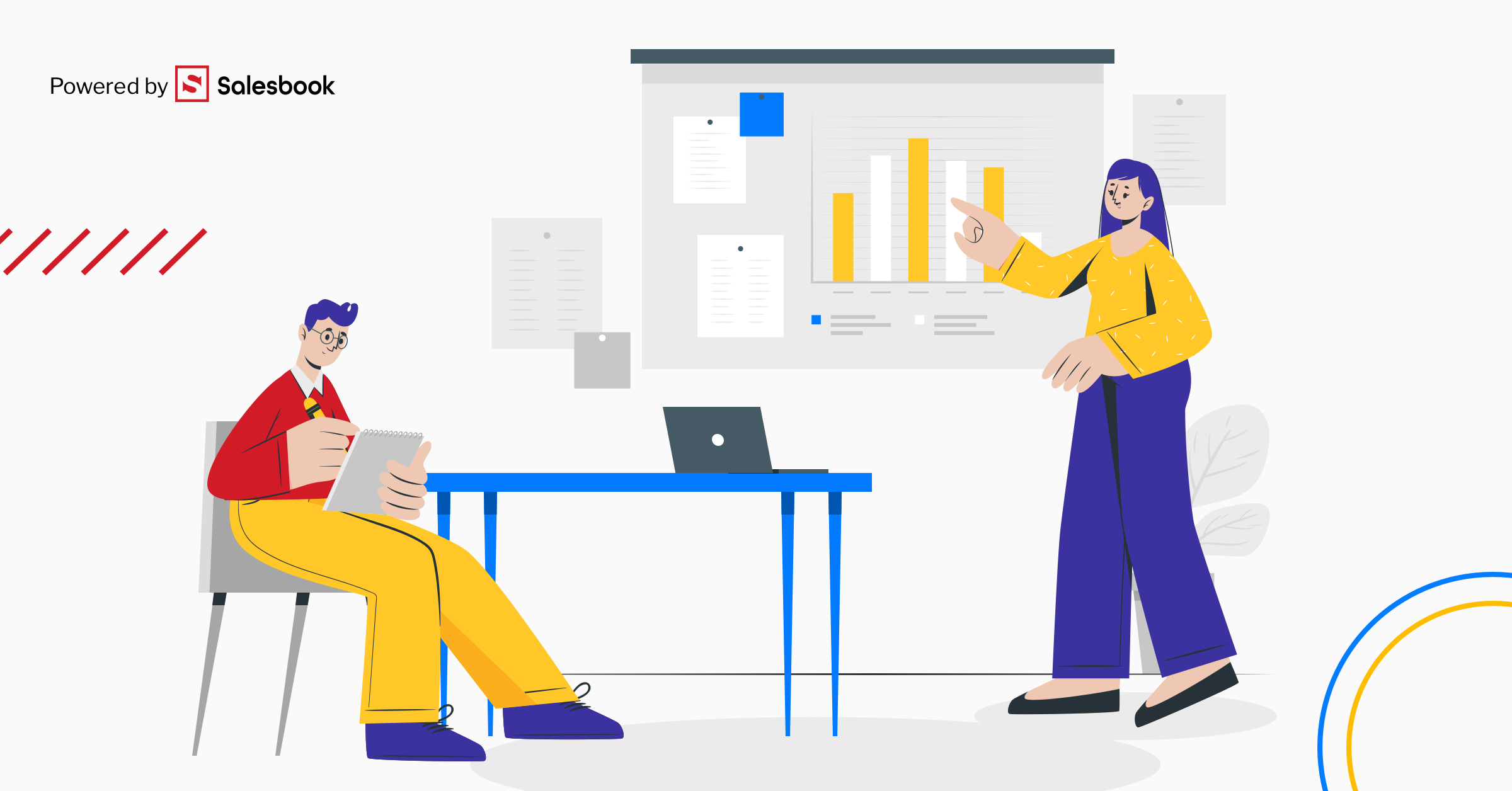
Salesbook is a comprehensive Sales Enablement platform. It is designed to streamline and enhance the sales process for sales teams of all sizes and industries.
By combining an array of essential tools and functionalities, Salesbook empowers sales reps to perform at their best, drive revenue growth, and improve customer relationships. Key features of Salesbook include a material library, presentation module, calculators, quote generation, comparator, and argumenter.
Each of these elements offers unique advantages and significantly impacts the sales process, as described below:
The material library feature in Salesbook enables sales and marketing departments to access a centralized repository of sales and marketing materials, such as brochures, whitepapers, case studies, and videos.
This not only saves time but also ensures that sales reps always have access to the most up-to-date and relevant information, allowing them to engage with prospects more effectively and tailor their messaging based on customer needs.
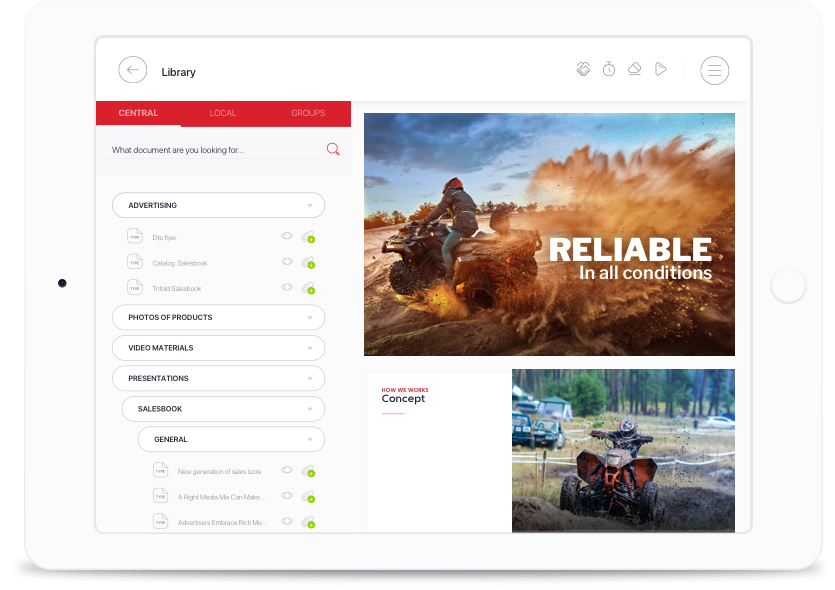
With Salesbook, sales employees can access and present prepared materials via iPad during meetings. This tool enhances sales pitches by showcasing the company’s history, achievements, team photos, and more, in a customer-friendly manner.
The representative can display sales presentations, reviews, or the company’s website without scheduling another meeting or sending emails, saving time. It also allows for immediate presentation of reports in response to queries like references.
The calculator functionality within Salesbook allows sales reps to quickly and accurately perform complex calculations, such as pricing, discounts, and ROI.
This feature not only saves time but also helps sales reps present accurate and compelling data to prospects, ultimately leading to more informed decision-making and higher conversion rates.
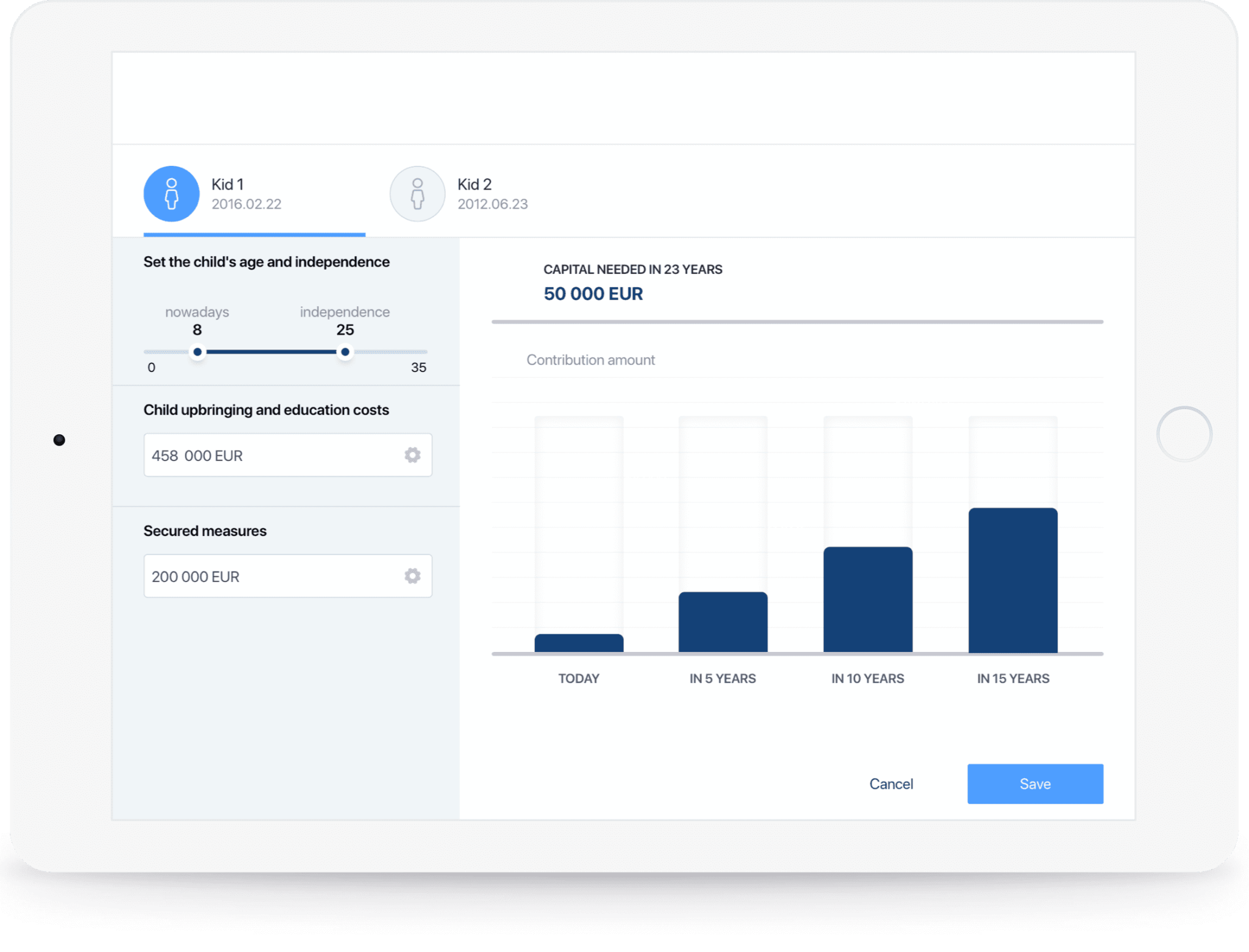
Salesbook’s quote generation tool simplifies the process of creating, managing, and sending professional quotes to prospects.
With automated workflows, sales reps can easily generate customized quotes that accurately reflect the prospect’s needs. This helps to shorten the sales cycle and improve the overall customer experience.
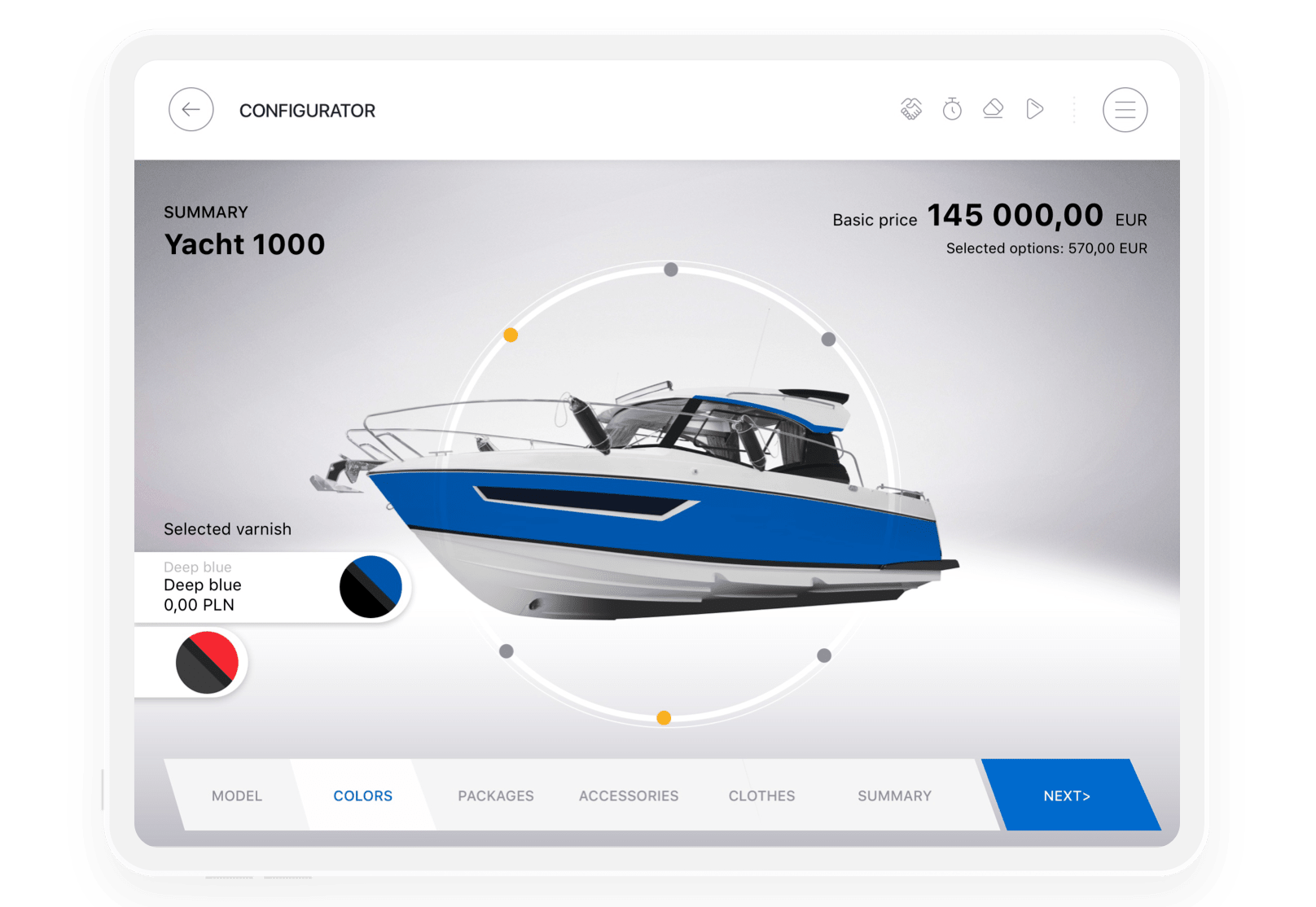
The comparator feature in Salesbook enables sales reps to conduct side-by-side comparisons of products, services, or solutions. You can easily highlight the unique advantages of their offerings.
By providing prospects with clear and concise comparisons, sales reps can more effectively address objections and demonstrate the value of their solution. This will definitely increase the likelihood of a successful sale.
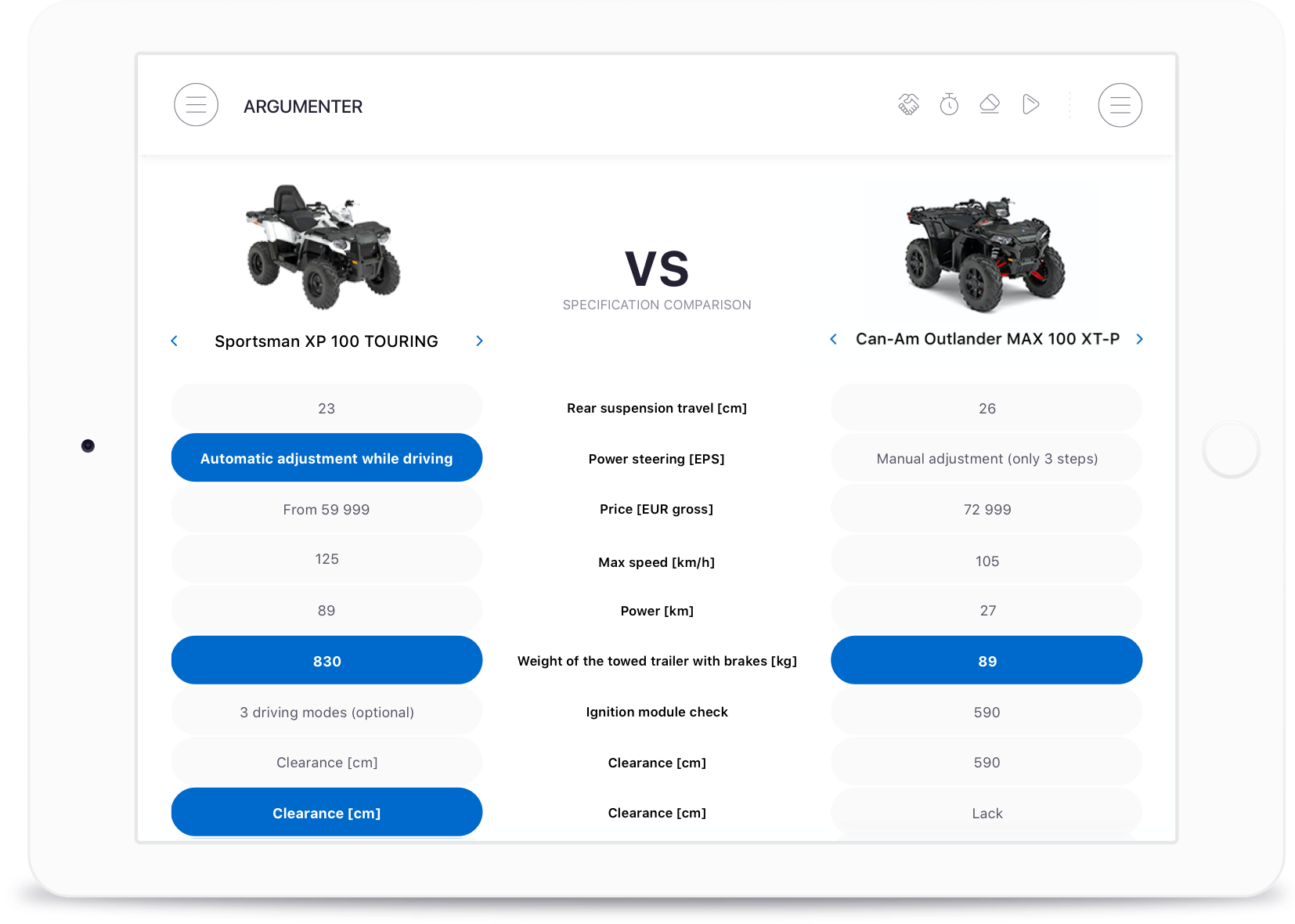
Salesbook’s argumenter tool helps sales reps anticipate and address potential objections, equipping them with well-structured and persuasive arguments.
This feature ensures that sales departments are prepared for any challenge they may face during the sales operations, ultimately improving their ability to close deals and achieve their targets.
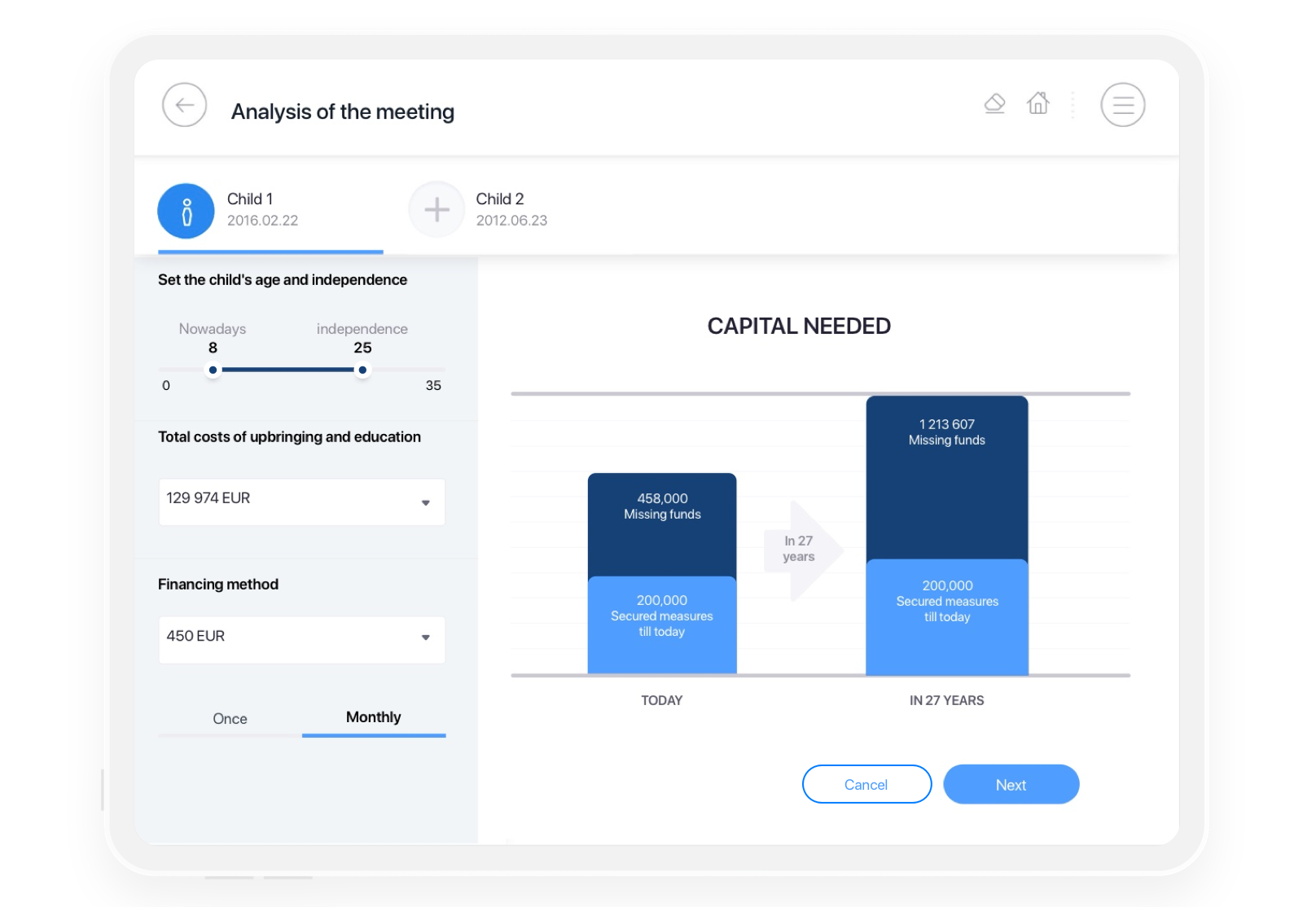
Salesbook stands out as the best choice for businesses seeking a reliable and comprehensive Sales Enablement tool due to its all-in-one approach and user-friendly design.
By offering a suite of essential features in a single platform, Salesbook eliminates the need for multiple tools. So this is how Salesbook streamlines the sales process and improves overall efficiency.
Furthermore, Salesbook’s commitment to continuous innovation ensures that their platform remains at the forefront of Sales Enablement technology. It is providing users with the most effective tools and strategies to drive revenue growth and achieve long-term success.
Sales Enablement is a vital component of modern sales strategies that can drive revenue growth and help businesses stay competitive in today’s ever-evolving landscape.
By implementing effective programs that leverage the right strategies, technologies, and industry-specific applications, companies can empower their sales teams to sell more efficiently and effectively, ultimately leading to increased revenue and business success.
Schedule a free demo with our specialist and check how we can help you increase a sales productivity.

Any questions? Feel free to contact us.
+44 203 807 0179
Our Customer Success Team is available from Mon. to Fri. 9am - 5pm CET.
We support inquiries, processes of configuration and use of Salesbook app, as well as billing and technical issues.
